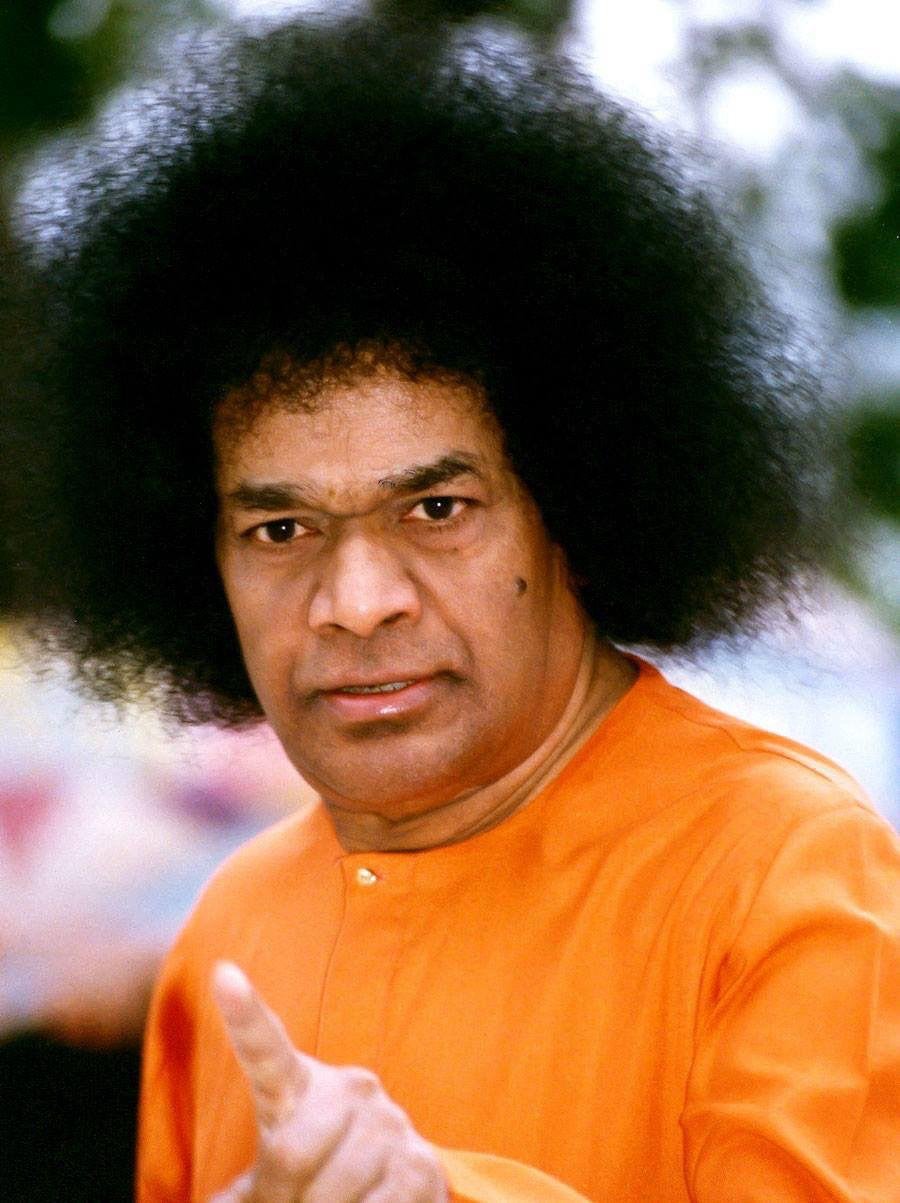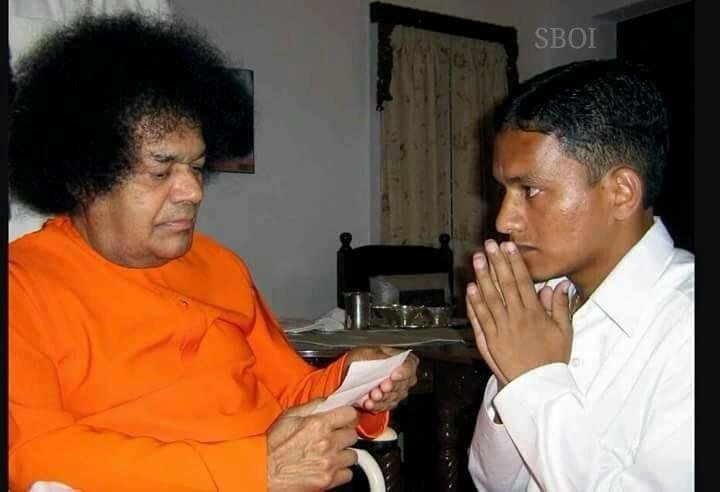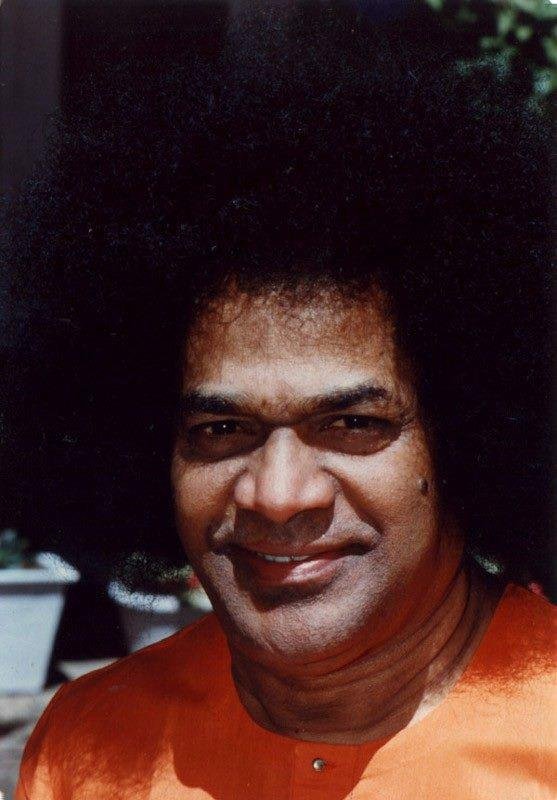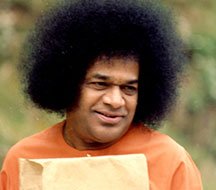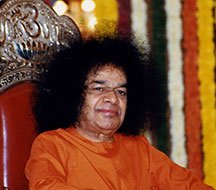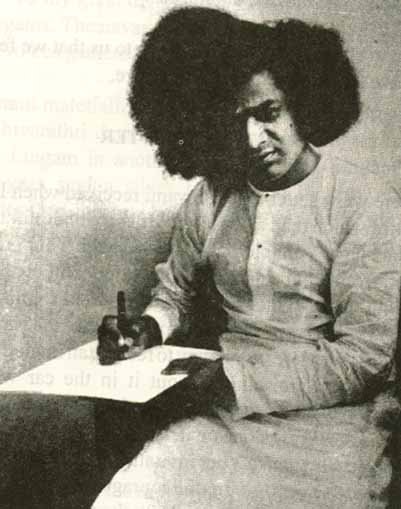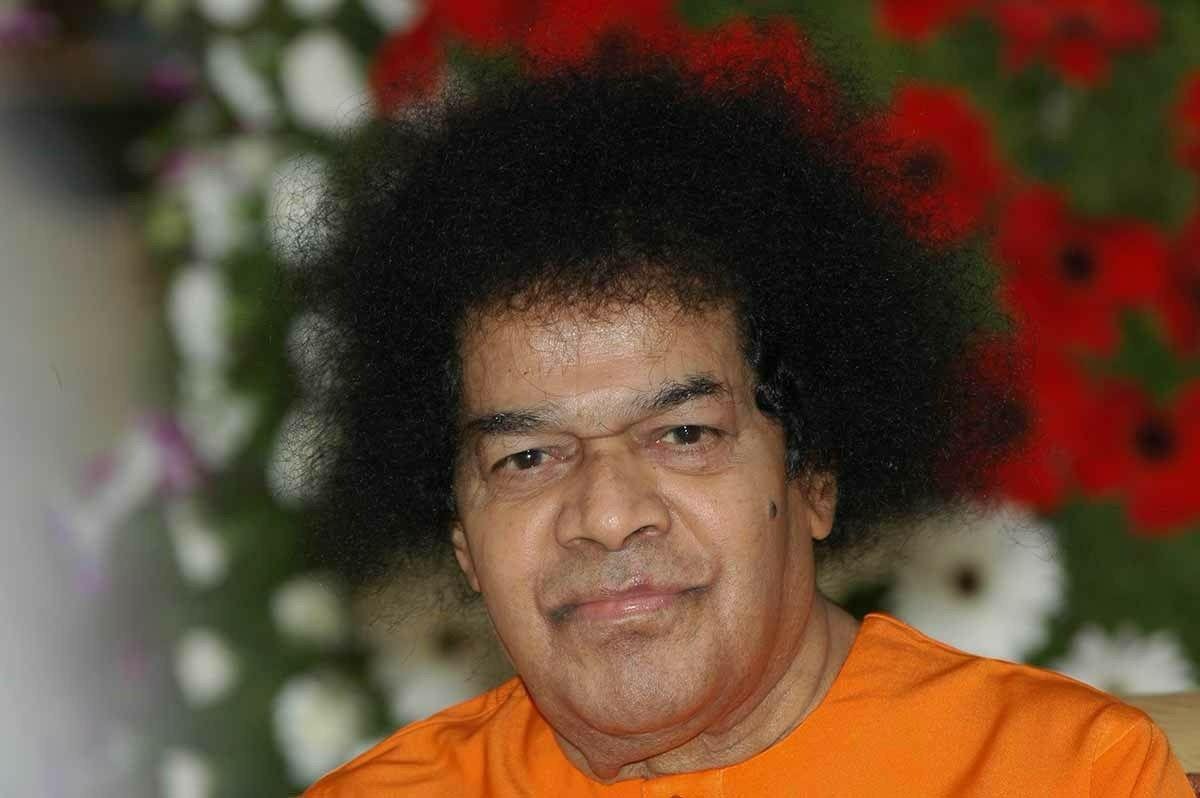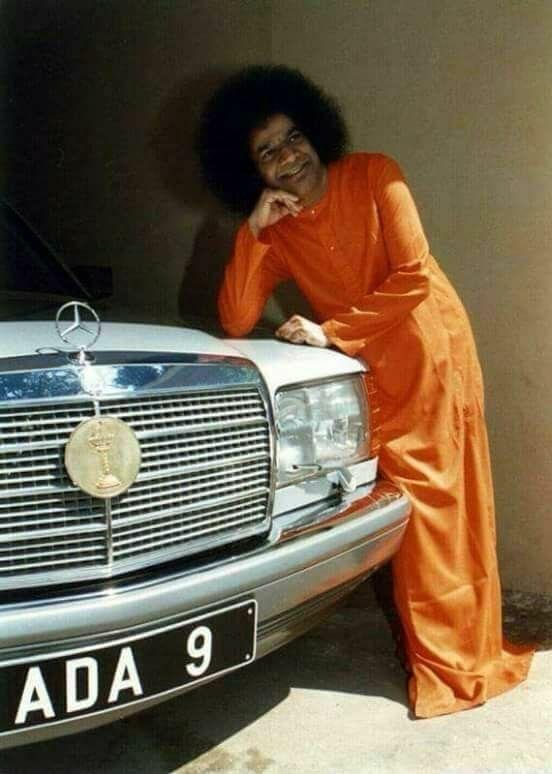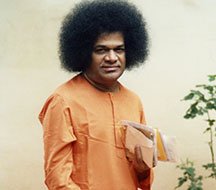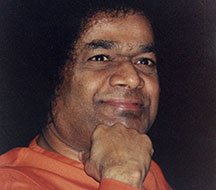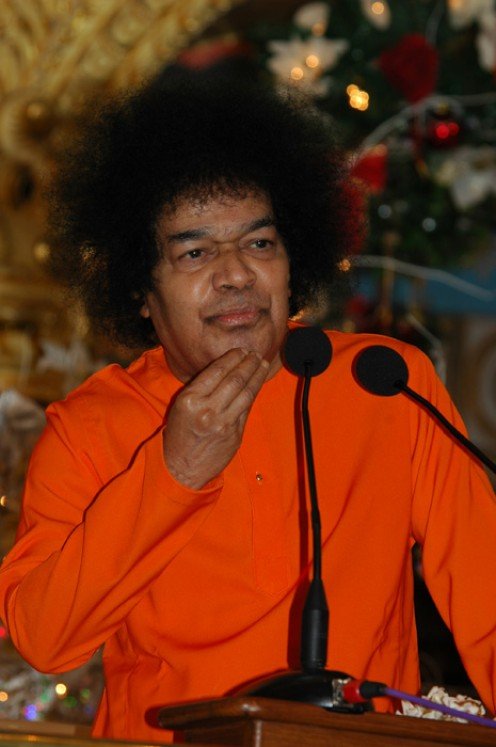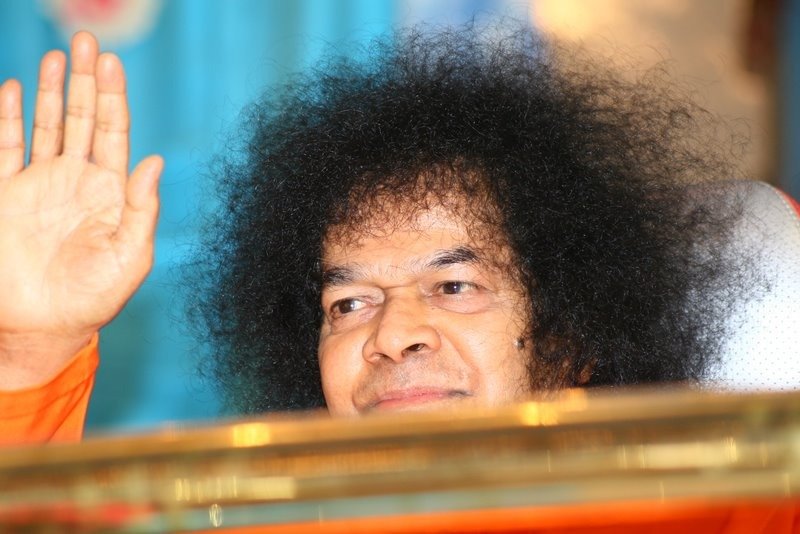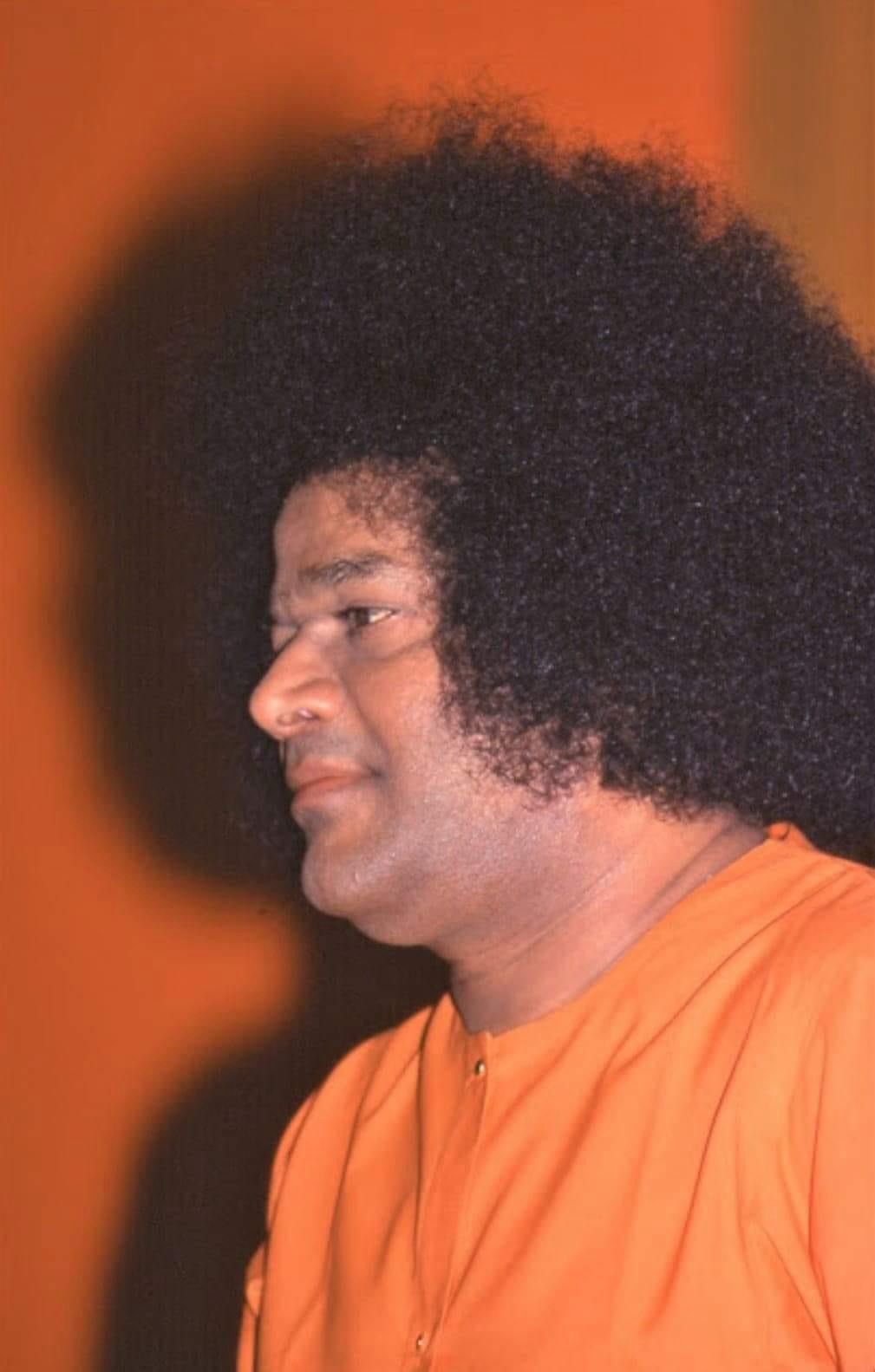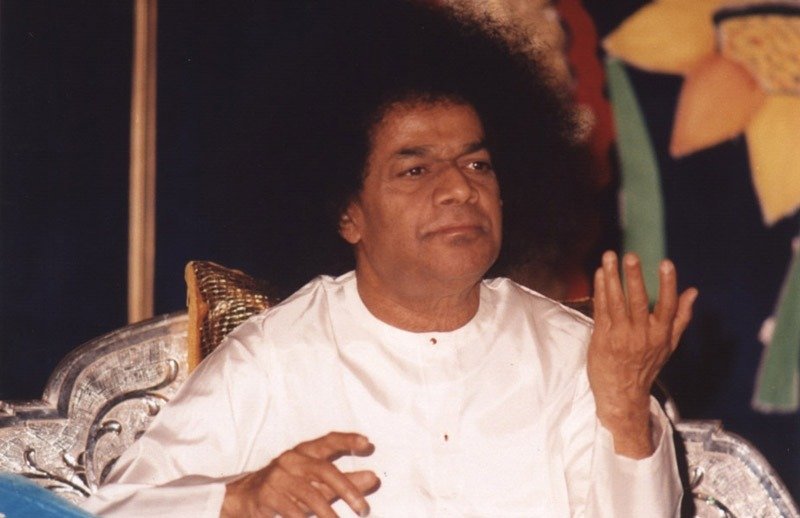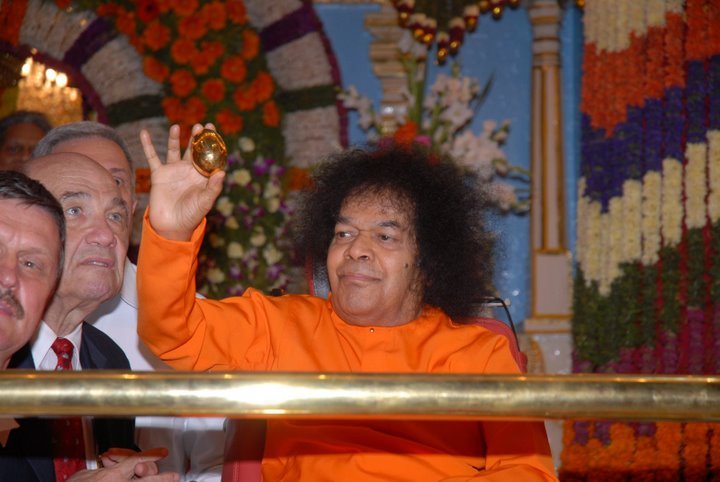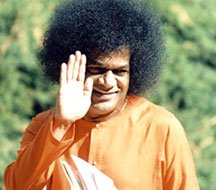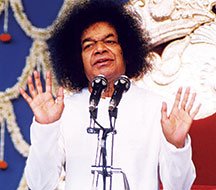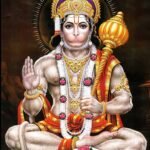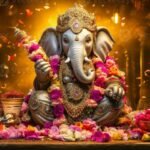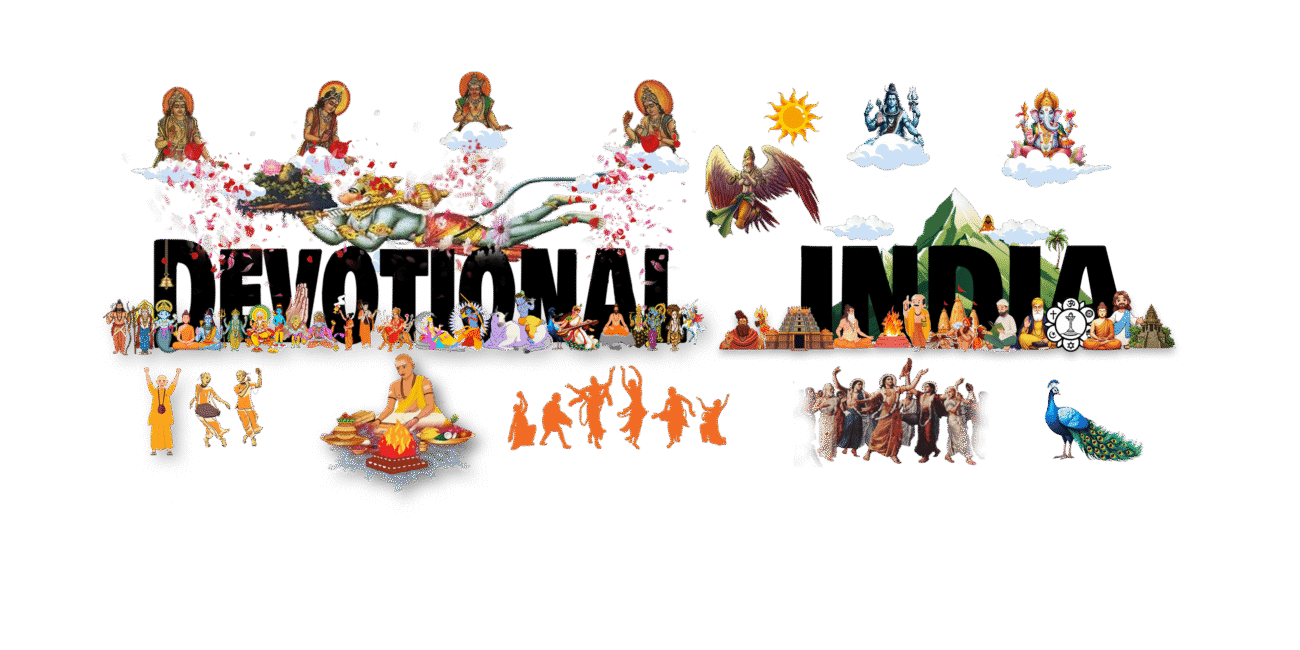Purandara Dasa

Purandara Dasa.
Purandara Dasa, also known as the Father of Carnatic Music, was a legendary composer, poet, and social reformer who left an indelible mark on the musical landscape of South India. Born as Srinivasa Naayaka, he underwent a transformative journey, renouncing his past to dedicate his life to the service of God. His immense contributions to Carnatic music, including the structuring of its basic lessons and the composition of thousands of soul-stirring songs, continue to resonate with music enthusiasts even today. Additionally, Purandara Dasa’s commitment to social reform, advocating for inclusivity and religious harmony, further solidifies his iconic status. In this comprehensive article, we delve into the life, music, and lasting legacy of this revered musical genius, exploring his profound impact on Carnatic music and his significant role in shaping society.
Early Life and Spiritual Transformation
Birth and Background.
Purandara Dasa, originally named Srinivasa Naayaka, was born into a merchant family in Purandaraghada (some sources mention Kshemapura in Shivamogga) in Karnataka, India. His father was Varadappa Nayaka and mother Leelavathi. He lived during the 15th and 16th centuries, a time when South India was culturally vibrant and thrived under the Vijayanagara Empire.
Popular legend narrates a miraculous incident in Srinivasa Nayaka’s life, owing to which he was led to devote himself to the practice, propagation and inculcation of bhakti (devotion) towards Krishna through musical compositions. As a consequence of the event, he is believed to have relinquished his former greedy and miserly self having realized the worthlessness of attachment to worldly possessions Per this version, the deity in a bid to cure Srinivaasa of his tenacious materialistic delusion and attachment and thereby claim his devotion to himself, approached Srinivaasa in the guise of a poor man. In this guise the deity is said to have made a piteous plea to Srinivasa for money to perform his son’s ‘upanayana'(sacred-thread investiture ceremony).

Srinivasa Naayaka had gained a reputation for being miserly. However, legend has it that one day, Lord Vishnu himself appeared before him, disguised as a poor Brahmin, seeking alms. Ignoring the Brahmin’s plea, Srinivasa Naayaka offered him a small quantity of food. As he tried to serve the food, it magically multiplied, revealing the divine nature of the guest. Realizing his folly and the importance of generosity, Srinivasa Naayaka experienced a profound change of heart.
Inspired by the divine encounter, Srinivasa Naayaka renounced his material possessions and embraced a life of devotion. He became a Haridasa, a servant of God, and dedicated the rest of his life to the pursuit of spiritual enlightenment and musical expression.

Purandara Dasa: The Architect of Carnatic Music.
Purandara Dasa played a pivotal role in structuring the fundamental lessons of Carnatic music. He systematized the learning process by organizing the musical concepts into various modules, which included Sarali varases (basic exercises), Janti swaras (sequences), Alankaras (ornaments), Lakshana geetas (songs illustrating musical concepts), Prabandhas (compositions), Ugabhogas (lyrical compositions), Daatu varase (musical compositions with fixed rhythmic patterns), Geetams (simple songs), Sooladis (musical compositions with mathematical patterns), and Kritis (elaborate compositions). Many beginners use Riyaz app to get started with these basic carnatic vocal lessons.Purandara Dasa devised a graded approach to music education, providing a systematic progression of lessons for students. This structured learning approach facilitated the gradual development of skills and knowledge, ensuring a strong foundation in Carnatic music.
Purandara Dasa composed his songs mainly in Kannada, the local language of the people in the Vijayanagara kingdom. His lyrics were simple yet profound, employing telling phrases and similes that resonated with the common people. His compositions were accessible, making them relatable to a wide audience.
Purandara Dasa’s prolific output resulted in a vast collection of compositions, totaling approximately 475,000 songs in both Kannada and Sanskrit. His compositions encompassed various themes, including devotional songs, dance-oriented padams (featuring nayaka-nayaki bhava, depicting the hero and heroine), and rare musical forms.
Purandara Dasa as a Social Reformer
Purandara Dasa recognized the barriers faced by the common people who could not understand Sanskrit, the prevalent language for religious rituals and worship. To make devotion and worship more accessible, he composed most of his songs in Kannada, the vernacular language spoken by the people of the Vijayanagara kingdom. By doing so, he ensured that everyone could participate in devotional practices and connect with the divine.
Breaking Barriers of Caste and Religion.
Purandara Dasa’s compositions often emphasized the importance of unity and equality, challenging the rigid caste and religious divisions prevalent in society. His songs promoted inclusivity, encouraging people from all walks of life to come together in devotion and harmony.
Purandara Dasa’s compositions also criticized the materialistic pursuits and greed for power prevalent in his time. He urged individuals to prioritize spiritual growth and selfless service over the desire for wealth and conquest. His songs served as a powerful commentary on the societal issues of his era.

Purandara Dasa spent his final years in Hampi, where he had the honour of singing in the durbar (royal court) of King Krishnadevaraya. The mantapa (hall) where he resided in Hampi is now known as the Purandara Dasa Mantapa, a sacred site for musicians and music lovers.
Purandara Dasa’s profound influence on Carnatic music and his contributions as a social reformer make him a revered figure in Indian history. His music, with its soul-stirring melodies and poignant lyrics, continues to captivate audiences, while his messages of unity, equality, and devotion resonate across generations.
Every year, during the months of February and March, the aradhana (commemorative) celebrations of Purandara Dasa are held on the pushya bahula amavasya (no moon day) of the Indian chandramana calendar (lunar calendar). These celebrations, observed with deep religious and musical fervor, bring together musicians, art aficionados, and devotees from Karnataka, South India, and various other centers around the world.

here are not many pupils in this world who are praised thus by their own teachers.
Purandara dasa is also called the ‘pitaamaha’ of Karnataka sangeeta (South Indian Classical music) as it is practiced today. Purandara has had a varied role – a devotee, a haridasa (servant of God), a poet, a musician, a social reformer, a saint and a traveler who traveled all over south India.
However, as it happens to many important men and women in Indian history, the details of his life that are available are rather scant and sketchy. We do not exactly know the day he was born or the the place he was born or the day he was initiated to the haridasa fold. But, if we know one thing certainly, it is the day of his passing away.
Sri Purandara dasa left this world on the Pushya amavasye in the RaktAkshi samvatsara (This corresponds to the year 1564 AD). We get this information from a composition attributed to Purandara dasa’s son Sri Madhwapati dasa. Here is what he says:
The pallavi and anupallavi lines in this song say that it was composed right on the day when Purandara Dasa passed away. The first charana states that it was on amavasye, Pushya mAsa, Sunday when Purandara dasa passed away. The second charana mentions Viroopaksha Kshetra (Hampe) and the line ‘in the sannidhi of vithala’, indicate that Purandara passed away somewhere in the viscinity of the Vijaya Vitthala temple in Hampe, very likely at the mantapa called Purandara Mantapa nowadays.
Although Purandara dasa is said to have composed hundreds of thousands of songs, only a small fraction of that has been handed over to us through tradition. Luckily, within the available compositions there is plenty of information to understand the life and times of the period when Purandara dasa lived.
Haridasa poetry is more like a mirror to the society. They show the positive attributes, as well as the shortcomings of their times. Many of these aspects are relevant even today, as they were several centuries ago.
Seeing his deep faith, Mahaprabhu was overjoyed and began dancing in ecstasy. Sarvabhauma joined Him and both were overcome with divine bliss, shedding tears and trembling in joy. The dry Mayavadi scholar who scoffed at divine attributes now soaked in the nectar of bhakti.
Sri Vijayadasa, who was instrumental in collecting Purandara dasa’s songs in the 18th century mentions that Purandara dasa was a merchant before he became a haridasa. Purandara dasa himself refers to trade and business in some of his songs. There might be an element of autobiographical content in such songs.
source:Riyaz

